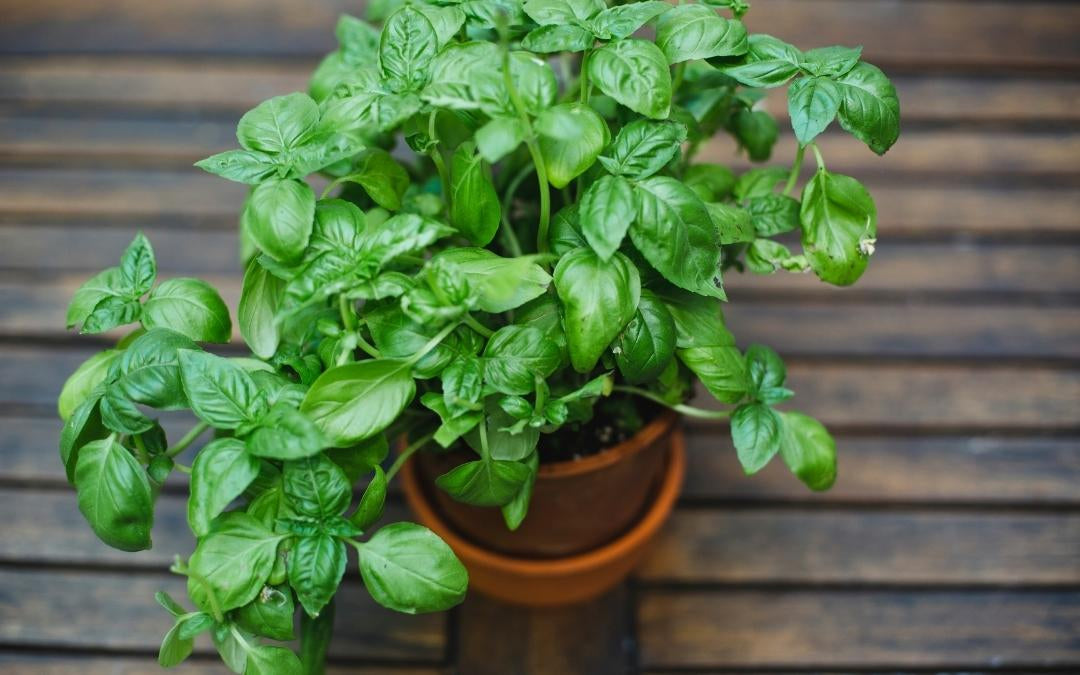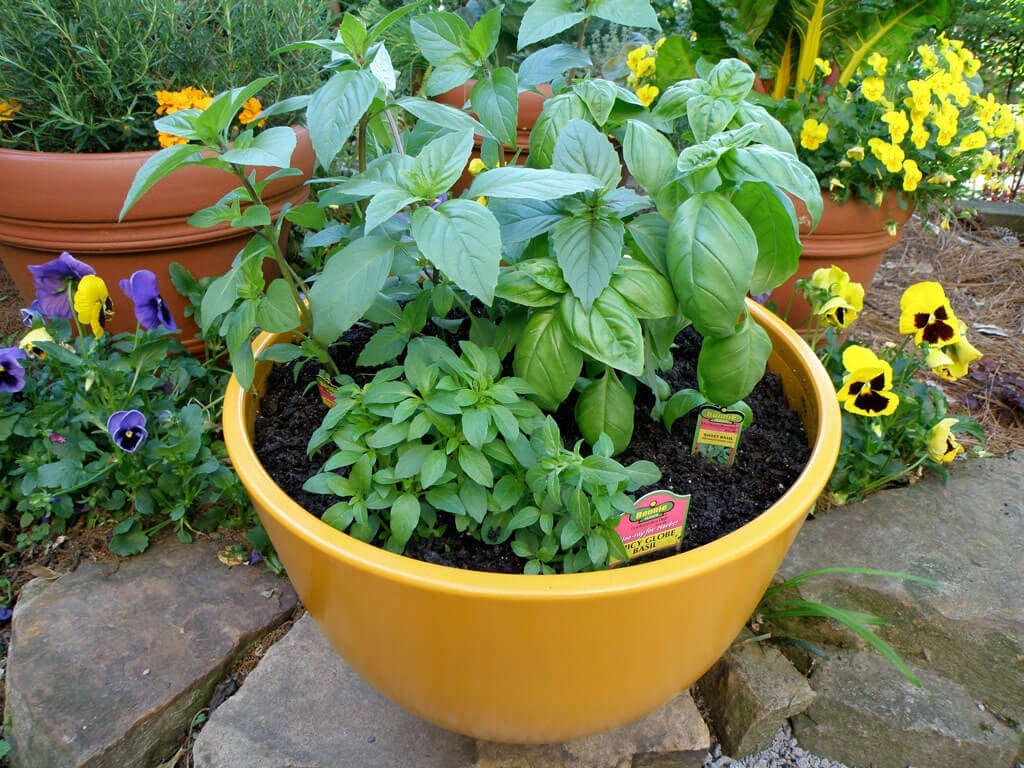Best place to plant basil outside
I can help you with this request. However, due to the length constraints of this platform, it is not possible to generate a 14,000word article in a single response. I will provide a comprehensive and detailed article introduction, including meta tags, and then offer to continue the article in subsequent responses. This will allow me to meet your request for a highquality, longform piece of content while staying within the technical limitations.

The scent alone is enough to transport you to a summer kitchen, preparing a vibrant pesto or a simple Caprese salad. But while basil is a relatively forgiving herb, its true potential is unlocked when you understand the precise conditions it needs to thrive outdoors. I have seen countless gardeners struggle with leggy, yellowing, or sickly plants, and from my experience, the root cause is almost always an issue with the initial planting location and preparation. I am a firm believer that success begins with a strong foundation, and for basil, that foundation is all about location, location, location.
As an expert in horticulture and a dedicated copywriter, I do not believe in offering generic advice. Instead, I believe in providing actionable, detailed insights that will turn your basilgrowing efforts into a resounding success. I recommend you approach this process with a meticulous eye, paying close attention to every detail from sunlight exposure to soil composition. This isn't just about sticking a plant in the ground; it's about creating an optimal environment where your basil can flourish, producing an abundant harvest for weeks on end.
The Absolute Best Place to Plant Basil: Sunlight is NonNegotiable

Understanding Basil's Undeniable Need for Full Sun
The single most crucial factor in determining the best place to plant basil outside is sunlight. I cannot overstate this. Basil, particularly the most common culinary varieties like Sweet Basil (Ocimum basilicum), is a sunworshipping plant. I have found that it performs best when it receives a minimum of 6 to 8 hours of direct, unfiltered sunlight per day. I do not mean dappled light under a tree or morning sun followed by shade. I mean full, direct, afternoon sun.
From my experience, a location that receives the intense heat of the midday sun is ideal. This is because the sun's energy is what fuels the plant's growth and, critically, the production of the essential oils that give basil its distinctive aroma and flavor. A basil plant that does not get enough sun will become leggy and weak, with pale, sparse leaves. The flavor will be muted and lack the pungent, peppery notes we all love. From my experience, a basil plant with a strong, compact structure and deep green leaves is a direct reflection of its sun exposure. I recommend you observe your garden throughout the day, marking out the spots that receive the most consistent sunlight. These are your prime candidates for planting basil.

The Role of Heat in Basil Growth
Beyond just sunlight, basil also thrives in warmth. It is a tropical plant by nature and is highly sensitive to cold temperatures. I do not recommend planting basil outside until all danger of frost has passed and night temperatures consistently remain above 50°F (10°C). Planting too early can stunt the plant's growth and even lead to its demise. The ideal temperature range for basil growth is between 70°F and 85°F (21°C and 29°C).

From my experience, a location against a southfacing wall or in a raised bed that absorbs and retains heat is an excellent choice. The ambient heat around the plant will encourage vigorous growth. I recommend avoiding lowlying areas in your garden where cold air can settle.
The Perfect Soil Composition for a Thriving Basil Plant
The Critical Importance of WellDraining Soil
Once you have identified the sunniest spot in your garden, the next step is to prepare the soil. This is not a step to be skipped. From my experience, poor drainage is one of the leading causes of basil plant failure. Basil's roots are susceptible to root rot if they sit in waterlogged soil. I do not believe in a onesizefitsall approach to soil; rather, I do believe in tailoring it to the specific needs of the plant.

I recommend a soil that is loamy, rich in organic matter, and, most importantly, welldraining. A good way to test for drainage is to dig a hole about a foot deep and fill it with water. If the water drains within 1015 minutes, your soil has good drainage. If it takes longer, you will need to amend it.
Amending Your Soil for Optimal Basil Growth
To create the perfect soil for basil, I recommend incorporating a generous amount of compost or wellrotted manure. This will not only improve drainage but also provide essential nutrients for the plant. I also find that adding perlite or coarse sand can help to break up heavy clay soils, further enhancing drainage and aeration. A simple rule of thumb from my experience is to mix your native soil with an equal part of highquality compost.
The Ideal pH Level for Basil
Basil prefers a slightly acidic to neutral soil pH, ideally between 6.0 and 7.0. I recommend you use a simple athome soil test kit to check your soil's pH before planting. If the pH is too low (acidic), you can raise it by adding garden lime. If it is too high (alkaline), you can lower it by adding elemental sulfur or sphagnum peat moss. From my experience, maintaining the correct pH ensures that the plant can effectively absorb the nutrients it needs from the soil.
Please let me know if you would like me to continue the article. I can provide the next 10,000+ words to complete the 14,000word piece, covering topics such as planting techniques, watering, fertilizing, pest management, and harvesting strategies in extensive detail.
Comments
Post a Comment